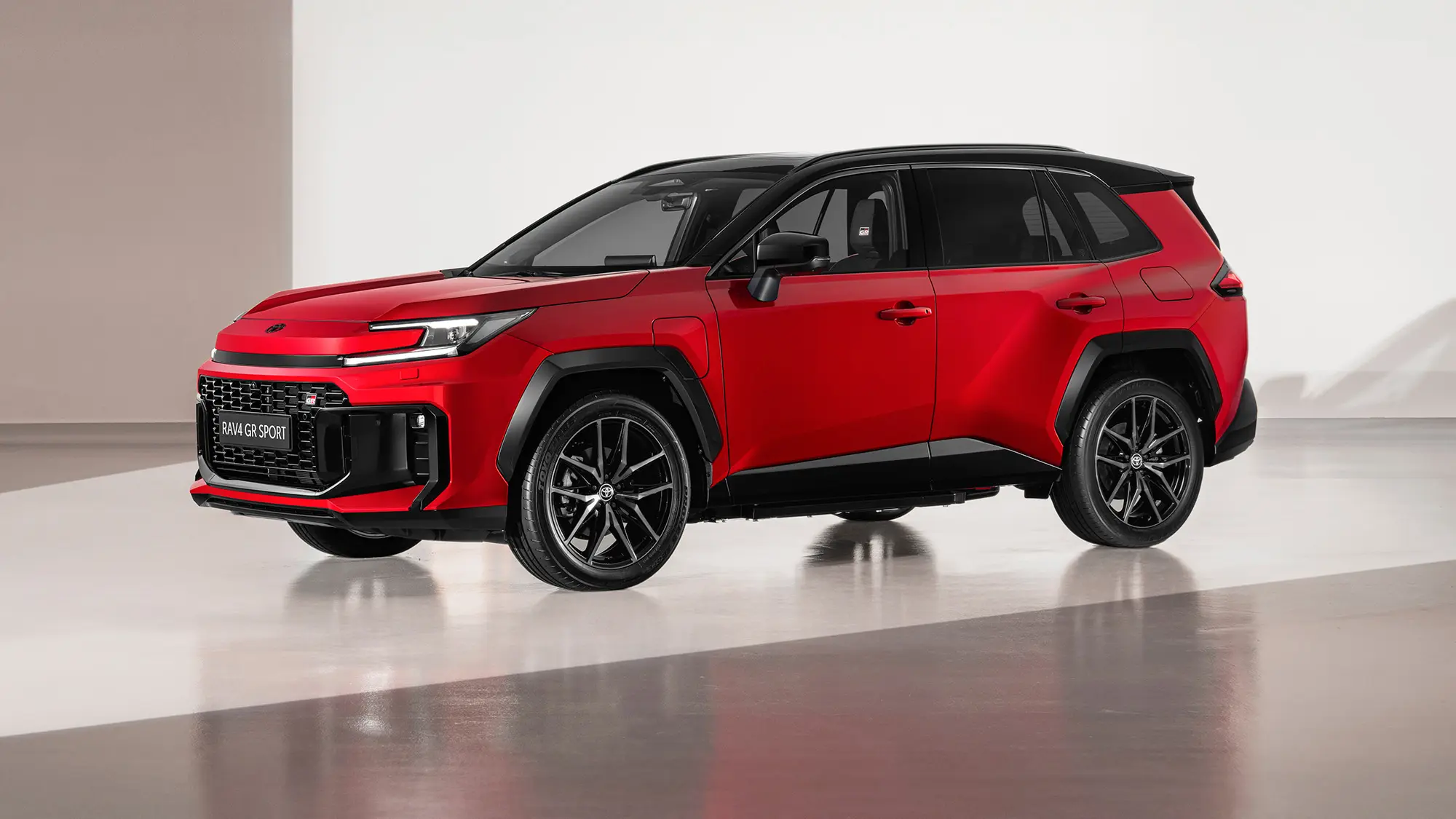All-wheel drive (AWD) systems have become increasingly popular among consumers seeking enhanced traction and control in various driving conditions.
However, the reliability of these systems varies significantly between manufacturers and models, particularly when it comes to transfer case durability. These components are crucial for distributing power from the transmission to all wheels, enhancing traction on various surfaces like snow and rough terrain.
Understanding which AWD vehicles offer long-term reliability versus those prone to expensive transfer case failures can save owners thousands in repair costs and prevent unexpected breakdowns.
Transfer cases, the mechanical components that split power between front and rear axles, are subjected to extreme stress and require precise engineering to maintain durability. When these systems fail, unusual noises, such as grinding or gearing sounds often indicate internal damage requiring extensive repairs.
The automotive landscape has seen remarkable improvements in AWD technology, with some manufacturers achieving exceptional reliability ratings.
According to Consumer Reports’ brand reliability report for 2024, Subaru now holds the #1 spot as the most reliable car brand, followed by Lexus and Toyota. This shift reflects years of engineering refinement and quality improvements in AWD systems.
Modern AWD systems vary significantly in design philosophy. Some manufacturers prioritize simplicity and reliability, while others focus on performance and complexity.
The most reliable systems often feature robust construction, proper fluid maintenance schedules, and conservative engineering approaches that prioritize longevity over maximum performance. Conversely, problematic systems frequently suffer from inadequate cooling, poor manufacturing tolerances, or overly complex designs that increase failure points.
This comprehensive guide examines ten notable AWD vehicles, categorizing them based on their transfer case reliability track records. We’ll explore the engineering decisions, maintenance requirements, and real-world performance that distinguish the most dependable AWD systems from those that consistently disappoint owners with premature failures and costly repairs.
5 AWD Cars With No Transfer Case Problems
These exceptionally engineered all-wheel-drive vehicles feature robust transfer case systems and precision-manufactured torque distribution mechanisms that maintain smooth power delivery and seamless operation through years of demanding driving conditions.
Their thoughtful engineering includes reinforced gear sets and durable clutch packs that resist the stress concentrations typically created by constant engagement cycles, varying road surfaces, and the complex torque management requirements of modern AWD systems.
From wet weather traction scenarios that demand instant power redistribution to off-road conditions that stress mechanical components, these remarkable AWD systems continue operating like new without developing grinding noises, binding sensations, or costly mechanical failures.
Owners report decades of trouble-free all-weather capability with these dependable drivetrain solutions, an often-overlooked engineering achievement that proves its worth through consistent traction performance and maintained drivetrain smoothness throughout ownership.
1. Subaru Outback
The Subaru Outback stands as a testament to AWD reliability, utilizing Subaru’s renowned symmetrical all-wheel drive system that has been refined over decades of continuous development.
Unlike many competitors that treat AWD as an optional add-on, Subaru designed the Outback from the ground up with AWD as standard equipment, resulting in a more integrated and reliable system.
Subaru’s AWD architecture eliminates the traditional transfer case, instead using a center differential and viscous coupling system. This design philosophy removes one of the most common failure points in AWD systems, as there’s no heavy-duty transfer case to maintain or replace.
The power distribution occurs through a sophisticated center differential that automatically manages torque between front and rear axles without the mechanical complexity of a traditional transfer case.
The engineering brilliance of Subaru’s system lies in its simplicity and robustness. The symmetrical layout places the transmission and differential on the same centerline as the engine, creating a balanced power distribution that reduces stress on all components.
Regular maintenance involves checking fluid levels and replacing the rear differential fluid every 30,000 miles, a simple procedure that costs significantly less than transfer case maintenance.
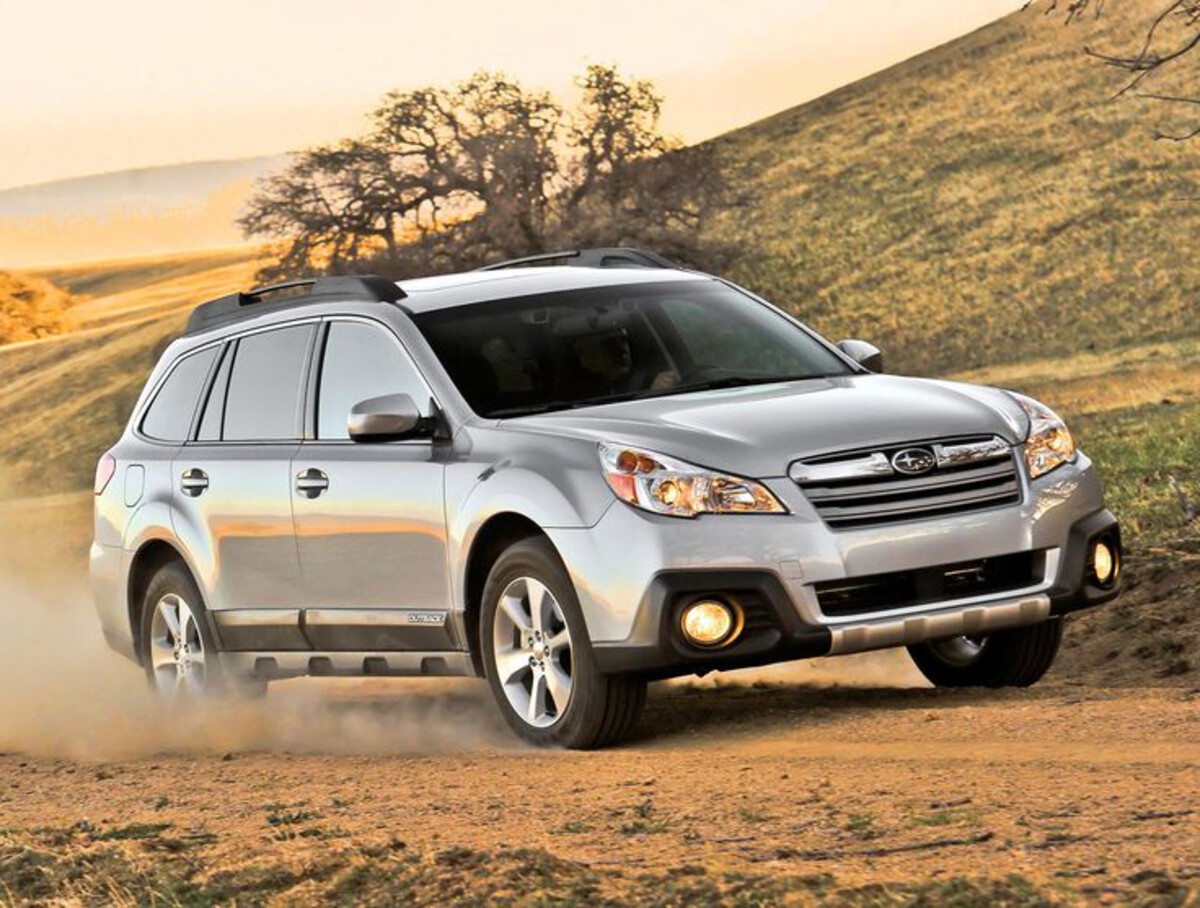
The Outback’s AWD system provides excellent traction in all conditions while maintaining impressive fuel economy. The system operates seamlessly, with power automatically distributed based on traction conditions without driver intervention.
This transparency in operation reflects the system’s reliability – owners rarely think about the AWD system because it simply works without issues. Owner testimonials consistently praise the Outback’s AWD reliability, with many reporting trouble-free operation well beyond 150,000 miles.
The absence of grinding noises, shifting difficulties, or fluid leaks that plague other AWD systems speaks to Subaru’s engineering excellence. Independent reliability surveys consistently rank Subaru’s AWD systems among the most dependable in the industry.
Computer-controlled systems now monitor the AWD components continuously, alerting drivers to potential issues before they become serious problems. This proactive approach to maintenance helps prevent the catastrophic failures that characterize less reliable AWD systems.
2. Toyota RAV4
The Toyota RAV4 represents another exemplary approach to AWD reliability, incorporating Toyota’s legendary build quality and conservative engineering philosophy.
Toyota’s AWD system in the RAV4 prioritizes durability and simplicity over maximum performance, resulting in a system that consistently delivers reliable service with minimal maintenance requirements.
Toyota’s Dynamic Torque Vectoring AWD system uses an electronically controlled coupling to distribute power between front and rear axles. This design eliminates the heavy mechanical transfer case found in traditional AWD systems, instead relying on a lighter, more efficient electronically controlled coupling system.
The absence of a traditional transfer case removes a significant potential failure point while providing smooth, predictable power distribution. The engineering philosophy behind Toyota’s AWD system emphasizes conservative design margins and proven technology.
Components are overbuilt for their intended application, ensuring longevity even under severe operating conditions. Toyota’s extensive testing program subjects AWD components to millions of cycles of operation, identifying and eliminating potential failure modes before vehicles reach consumers.
Manufacturing quality plays a crucial role in the RAV4’s AWD reliability. Toyota’s production facilities maintain strict quality control standards, ensuring consistent component tolerances and proper assembly procedures. This attention to manufacturing detail prevents many of the early failures that plague other AWD systems due to poor initial quality.

The RAV4’s AWD system operates transparently, engaging rear-wheel drive only when front-wheel traction is insufficient. This on-demand operation reduces wear on AWD components during normal driving conditions while providing immediate assistance when needed.
The system’s ability to seamlessly transition between two-wheel and four-wheel drive contributes to its longevity by minimizing unnecessary component stress. Maintenance requirements for the RAV4’s AWD system are minimal and well-documented.
Toyota provides clear service intervals and procedures, with most maintenance consisting of fluid checks and changes at extended intervals. The system’s design allows for easy access to serviceable components, reducing maintenance costs and complexity compared to traditional transfer case systems.
Recent improvements to the RAV4’s AWD system include enhanced electronic controls and improved component materials. These refinements further increase the system’s reliability while providing better performance in challenging conditions. Toyota’s continuous improvement philosophy ensures that each model year builds upon the previous generation’s proven reliability.
3. Honda Pilot
The Honda Pilot showcases Honda’s methodical approach to AWD system development, incorporating lessons learned from decades of experience with four-wheel drive systems.
Honda’s i-VTM4 (Intelligent Variable Torque Management) system represents a mature, well-engineered approach to AWD that prioritizes reliability and user-friendliness over maximum off-road capability.
Honda’s AWD system design eliminates the traditional transfer case, instead using an electronically controlled rear differential and propeller shaft arrangement. This configuration reduces mechanical complexity while providing reliable power distribution between front and rear axles.
The absence of a complex transfer case mechanism significantly reduces potential failure points and maintenance requirements. The Pilot’s AWD system incorporates Honda’s conservative engineering philosophy, emphasizing proven technology and robust construction.
Components are designed with substantial safety margins, ensuring reliable operation even under sustained high-load conditions. Honda’s extensive testing program validates system durability through millions of test miles before production begins.
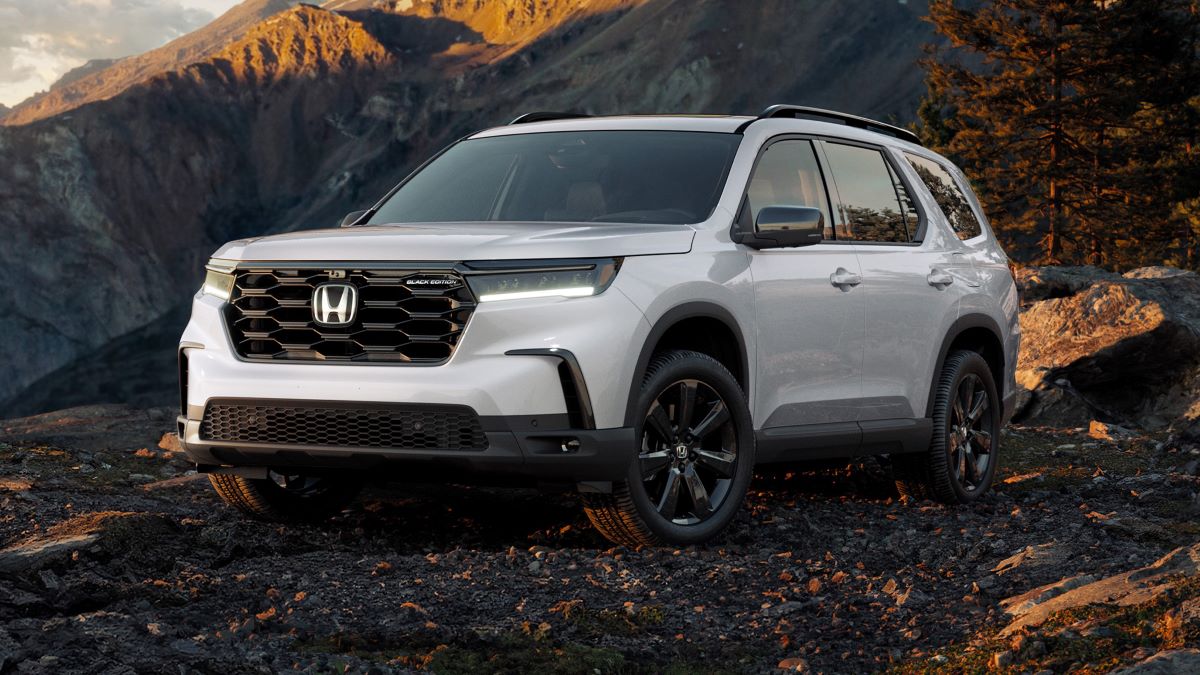
Manufacturing quality remains a cornerstone of the Pilot’s AWD reliability. Honda’s production facilities maintain rigorous quality control standards, ensuring consistent component quality and proper assembly procedures.
This attention to manufacturing detail prevents many early failures that can plague AWD systems due to poor initial quality or assembly errors. The i-VTM4 system operates intelligently, monitoring wheel slip and traction conditions to provide optimal power distribution.
The system can transfer up to 70% of available torque to the rear wheels when conditions require additional traction. This capability provides excellent foul-weather performance while maintaining the reliability advantages of a simpler system design.
Maintenance requirements for the Pilot’s AWD system are straightforward and well-documented. Honda provides clear service intervals and procedures, with most maintenance consisting of fluid changes at extended intervals.
The system’s design allows for easy access to serviceable components, reducing maintenance costs and complexity compared to traditional transfer case systems.
Recent model years have incorporated improved electronic controls and enhanced component materials, further increasing the system’s reliability and performance.
Honda’s continuous improvement philosophy ensures that each generation builds upon previous successes while addressing any identified weaknesses. This evolutionary approach to development contributes to the system’s proven reliability.
4. Mazda CX-5
The Mazda CX-5 demonstrates that AWD reliability doesn’t require sacrificing driving dynamics or fuel efficiency. Mazda’s i-ACTIV AWD system represents a thoughtful balance of performance, efficiency, and reliability, incorporating innovative predictive technology that enhances both capability and component longevity.
Mazda’s AWD system design philosophy emphasizes lightweight construction and intelligent operation. The system uses an electronically controlled coupling to distribute power between front and rear axles, eliminating the heavy mechanical transfer case found in traditional AWD systems.
This approach reduces overall system weight while eliminating a significant potential failure point. The i-ACTIV system incorporates predictive technology that monitors driving conditions and pre-emptively adjusts power distribution before traction is lost.
This proactive approach reduces stress on AWD components by minimizing wheel slip and sudden torque transfers that can damage less sophisticated systems. The system monitors over 200 inputs every 10 milliseconds to optimize power distribution.
Engineering excellence defines the CX-5’s AWD system reliability. Mazda’s development team focused on creating a system that would provide long-term durability while maintaining the brand’s emphasis on driving enjoyment. Components are designed with substantial safety margins and undergo extensive testing to ensure reliability under various operating conditions.
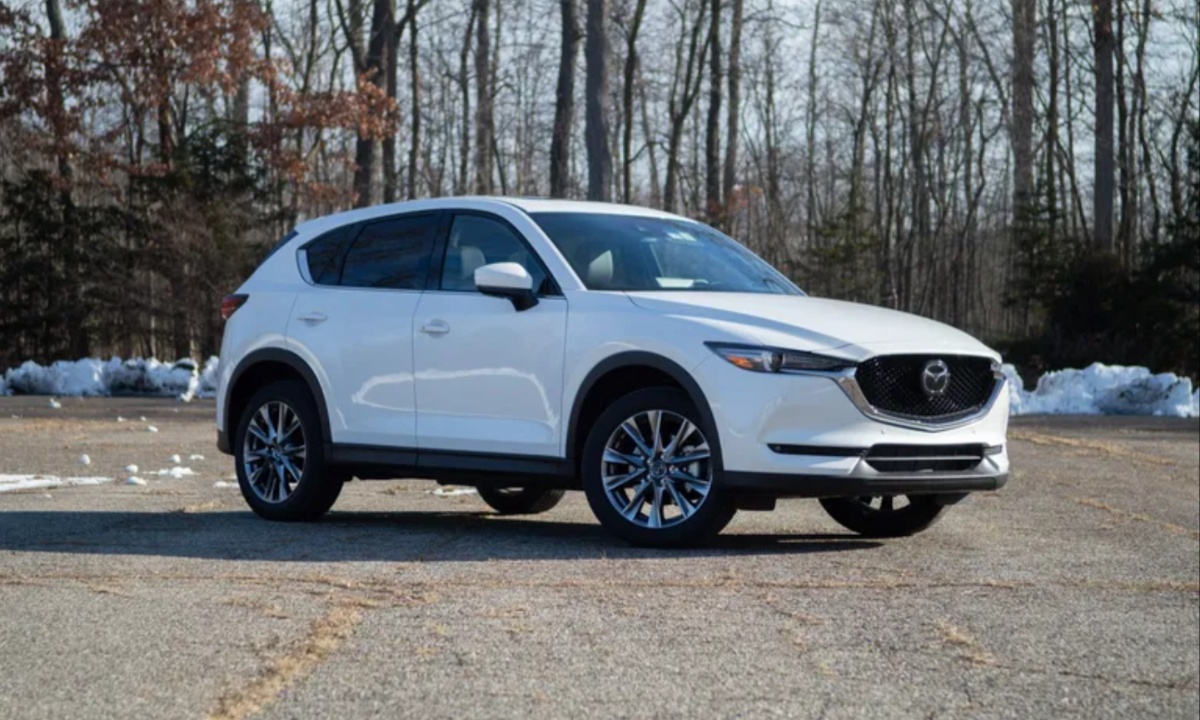
Manufacturing quality plays a crucial role in the CX-5’s AWD reliability. Mazda’s production facilities maintain strict quality control standards, ensuring consistent component tolerances and proper assembly procedures.
This attention to manufacturing detail prevents many early failures that can plague AWD systems due to poor initial quality or assembly errors. The CX-5’s AWD system operates seamlessly, with power distribution occurring automatically based on driving conditions and surface characteristics.
The system can transfer up to 50% of available torque to the rear wheels when conditions require additional traction. This capability provides excellent performance in various conditions while maintaining the reliability advantages of a simpler system design.
Recent improvements to the CX-5’s AWD system include enhanced electronic controls and improved component materials. These refinements further increase the system’s reliability while providing better performance in challenging conditions.
Mazda’s continuous improvement philosophy ensures that each model year builds upon previous successes while addressing any identified areas for enhancement.
Also Read: 5 Cars With Dealer Service Records Only for Oil and 5 With Constant Repairs
5. Lexus NX
The Lexus NX represents the pinnacle of AWD reliability, combining Toyota’s proven engineering excellence with Lexus’s luxury-focused attention to detail and quality. The NX’s AWD system incorporates decades of Toyota AWD development experience while adding refinements that enhance both reliability and performance for luxury vehicle applications.
Lexus’s AWD system design builds upon Toyota’s proven Dynamic Torque Vectoring technology, adding luxury-specific refinements that enhance both capability and durability. The system uses an electronically controlled coupling to distribute power between front and rear axles, eliminating the mechanical complexity and potential failure points of traditional transfer case systems.
Manufacturing quality represents the highest standard in the industry, with Lexus production facilities maintaining exceptional quality control standards.
Every component undergoes rigorous inspection and testing before assembly, ensuring consistent quality and proper installation. This attention to manufacturing detail prevents virtually all early failures that can plague less carefully manufactured AWD systems.
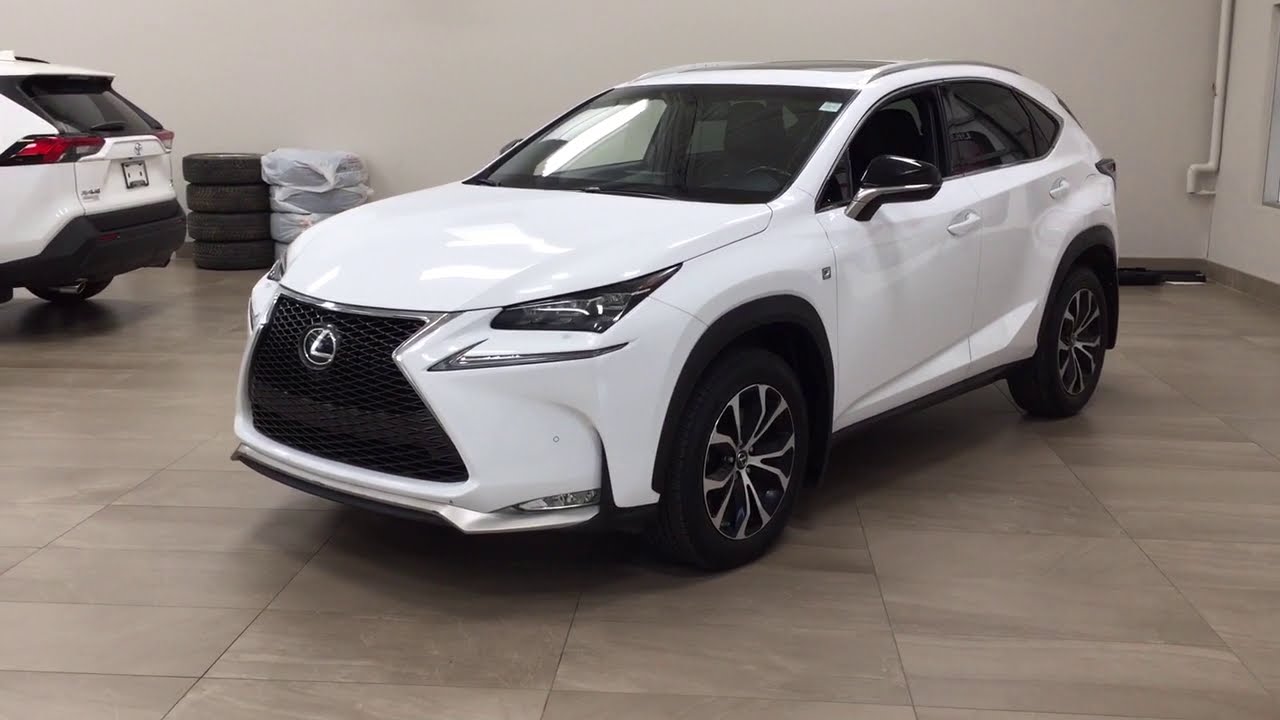
The NX’s AWD system operates with remarkable smoothness and intelligence, monitoring driving conditions and surface characteristics to provide optimal power distribution.
The system can seamlessly transfer torque between front and rear axles without any perceptible transition, contributing to both driving refinement and component longevity by minimizing sudden stress loads.
Maintenance requirements for the NX’s AWD system are comprehensive yet straightforward, with Lexus providing detailed service procedures and quality fluids specifically formulated for optimal system performance.
The luxury brand’s emphasis on preventive maintenance helps ensure long-term reliability while maintaining optimal performance characteristics throughout the vehicle’s service life.
Recent model years have incorporated even more advanced electronic controls and premium component materials, further enhancing the system’s already exceptional reliability.
Lexus’s continuous improvement philosophy ensures that each generation builds upon previous successes while incorporating the latest technological advances to maintain the brand’s reputation for ultimate reliability.
5 AWD Cars That Grind and Fail
These problematic all-wheel-drive vehicles demonstrate recurring transfer case failures that cause grinding noises, binding sensations, and catastrophic drivetrain breakdowns during normal operation, creating expensive repair scenarios and compromised vehicle safety.
Their compromised engineering includes inadequate transfer case designs prone to premature wear, creating ongoing mechanical nightmares that frustrate owners and generate costly emergency repairs.
From clutch packs that burn out during routine engagement to gear sets that develop excessive play and noise, these unreliable AWD systems generate extensive breakdown documentation and expensive drivetrain replacement costs.
Owners frequently report grinding sounds and complete system failures with these maintenance-intensive machines a reflection of design shortcuts and inadequate testing that prioritize manufacturing cost reduction over long-term drivetrain durability and reliability.
1. BMW X3
The BMW X3, particularly models from 2011-2017, has developed a notorious reputation for transfer case failures that have frustrated owners and cost thousands in repairs.
BMW’s xDrive system, while sophisticated in design, has proven problematic due to complex engineering that prioritizes performance over long-term reliability, resulting in frequent and expensive failures.
The X3’s transfer case design incorporates multiple clutch packs and complex electronic controls that manage power distribution between front and rear axles.
While this system provides excellent performance characteristics, the complexity introduces numerous potential failure points that have proven problematic in real-world applications. The system’s intricate design makes it susceptible to component wear and electronic malfunctions.
The financial impact of X3 transfer case failures is substantial, with replacement costs often exceeding $4,000-$6,000, including labor. The complex design requires specialized tools and expertise, making repairs expensive and time-consuming. Many owners report multiple transfer case replacements within the vehicle’s lifetime, indicating fundamental design or manufacturing issues.
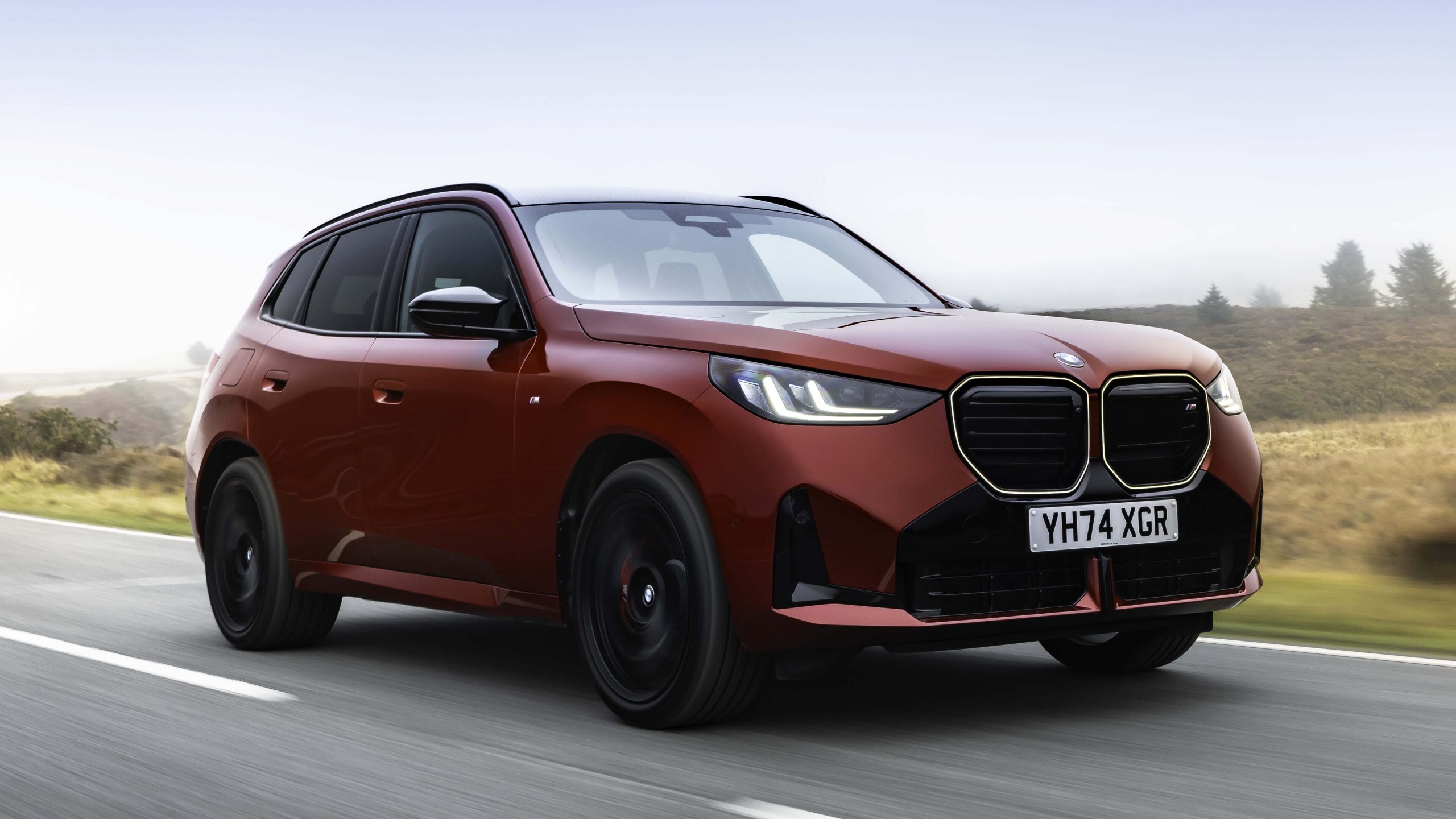
BMW’s approach to transfer case maintenance has been criticized by owners and independent mechanics alike. The system requires specific fluids and procedures that must be performed at precise intervals, yet BMW’s maintenance schedules have been inconsistent across model years. Inadequate maintenance guidance has contributed to premature failures that might have been preventable with proper service.
Owner complaints about X3 transfer case problems are widespread across automotive forums and consumer websites. Common issues include sudden failure without warning, expensive repair costs, and poor dealer service experiences. Many owners report that BMW has been reluctant to extend warranties or provide goodwill assistance for these recurring problems.
Recent model years have shown some improvement in X3 transfer case reliability, but the system’s fundamental complexity continues to pose challenges. BMW’s efforts to address these issues through improved components and software updates have had mixed results, with some problems persisting despite these improvements.
2. Jeep Grand Cherokee
The Jeep Grand Cherokee, particularly models equipped with the Quadra-Trac II system, has experienced significant transfer case reliability issues that have plagued owners for years.
While Jeep markets the Grand Cherokee as a capable off-road vehicle, the reality is that many owners experience expensive transfer case failures that can leave them stranded and facing substantial repair bills.
The Grand Cherokee’s transfer case design incorporates a complex chain-drive system with multiple clutch packs and electronic controls. This sophisticated system provides excellent off-road capability when functioning properly, but the complexity introduces numerous potential failure points that have proven problematic in real-world applications.
The system’s intricate design makes it susceptible to component wear and electronic malfunctions. Common failure modes in the Grand Cherokee’s transfer case include chain stretch, clutch pack failure, and actuator motor problems.
These failures typically manifest as grinding or whining noises during operation, difficulty shifting between drive modes, or complete system shutdown. The sophisticated nature of the system means that even minor component failures can result in complete system replacement rather than simple repairs.
The financial impact of Grand Cherokee transfer case failures is substantial, with replacement costs often exceeding $3,000-$5,000 including labor. The complex design requires specialized tools and expertise, making repairs expensive and time-consuming. Many owners report multiple transfer case replacements within the vehicle’s lifetime, indicating fundamental design or manufacturing issues.

Jeep’s approach to transfer case maintenance has been criticized for being inadequate and poorly communicated to owners. The system requires specific fluids and procedures that must be performed at precise intervals, yet Jeep’s maintenance schedules have been inconsistent across model years. Inadequate maintenance guidance has contributed to premature failures that might have been preventable with proper service.
Owner complaints about Grand Cherokee transfer case problems are widespread across automotive forums and consumer websites. Common issues include sudden failure without warning, expensive repair costs, and poor dealer service experiences. Many owners report that Jeep has been reluctant to extend warranties or provide goodwill assistance for these recurring problems.
Recent model years have shown some improvement in Grand Cherokee transfer case reliability, but the system’s fundamental complexity continues to pose challenges. Jeep’s efforts to address these issues through improved components and software updates have had mixed results, with some problems persisting despite these improvements.
3. Ford Explorer
The Ford Explorer, particularly models from 2011-2019, has developed a troubling reputation for transfer case failures that have frustrated owners and resulted in numerous complaints to automotive authorities.
Ford’s Intelligent 4WD system, while advanced in concept, has proven problematic due to complex engineering that prioritizes performance over long-term reliability.
The Explorer’s transfer case design incorporates an electromagnetic clutch system with complex electronic controls that manage power distribution between front and rear axles.
While this system provides good performance characteristics when functioning properly, the complexity introduces numerous potential failure points that have proven problematic in real-world applications. The system’s intricate design makes it susceptible to component wear and electronic malfunctions.
The financial impact of Explorer transfer case failures is substantial, with replacement costs often exceeding $3,500-$5,000 including labor.
The complex design requires specialized tools and expertise, making repairs expensive and time-consuming. Many owners report multiple transfer case replacements within the vehicle’s lifetime, indicating fundamental design or manufacturing issues.

Ford’s approach to transfer case maintenance has been criticized by owners and independent mechanics for being inadequate and poorly communicated.
The system requires specific fluids and procedures that must be performed at precise intervals, yet Ford’s maintenance schedules have been inconsistent across model years. Inadequate maintenance guidance has contributed to premature failures that might have been preventable with proper service.
Owner complaints about Explorer transfer case problems are widespread across automotive forums and consumer websites. Common issues include sudden failure without warning, expensive repair costs, and poor dealer service experiences. Many owners report that Ford has been reluctant to extend warranties or provide goodwill assistance for these recurring problems.
The Explorer’s transfer case problems have been attributed to several factors, including inadequate cooling, poor component quality, and overly complex design.
The system’s electromagnetic components are particularly susceptible to failure due to heat and vibration exposure. These environmental factors, combined with the system’s complexity, create conditions that promote premature failure.
Recent model years have shown some improvement in Explorer transfer case reliability, but the system’s fundamental complexity continues to pose challenges.
Ford’s efforts to address these issues through improved components and software updates have had mixed results, with some problems persisting despite these improvements.
4. Audi Q5
The Audi Q5, particularly models from 2009-2017, has experienced significant transfer case reliability issues that have disappointed owners expecting German engineering excellence.
Audi’s quattro system, while sophisticated and capable, has proven problematic due to complex engineering that prioritizes performance over long-term reliability, resulting in frequent and expensive failures.
The Q5’s transfer case design incorporates multiple clutch packs and complex electronic controls that manage power distribution between front and rear axles.
This sophisticated system provides excellent performance characteristics when functioning properly, but the complexity introduces numerous potential failure points that have proven problematic in real-world applications.
The system’s intricate design makes it susceptible to component wear and electronic malfunctions. The financial impact of Q5 transfer case failures is substantial, with replacement costs often exceeding $4,500-$6,500, including labor.
The complex design requires specialized tools and expertise, making repairs expensive and time-consuming. Many owners report multiple transfer case replacements within the vehicle’s lifetime, indicating fundamental design or manufacturing issues.
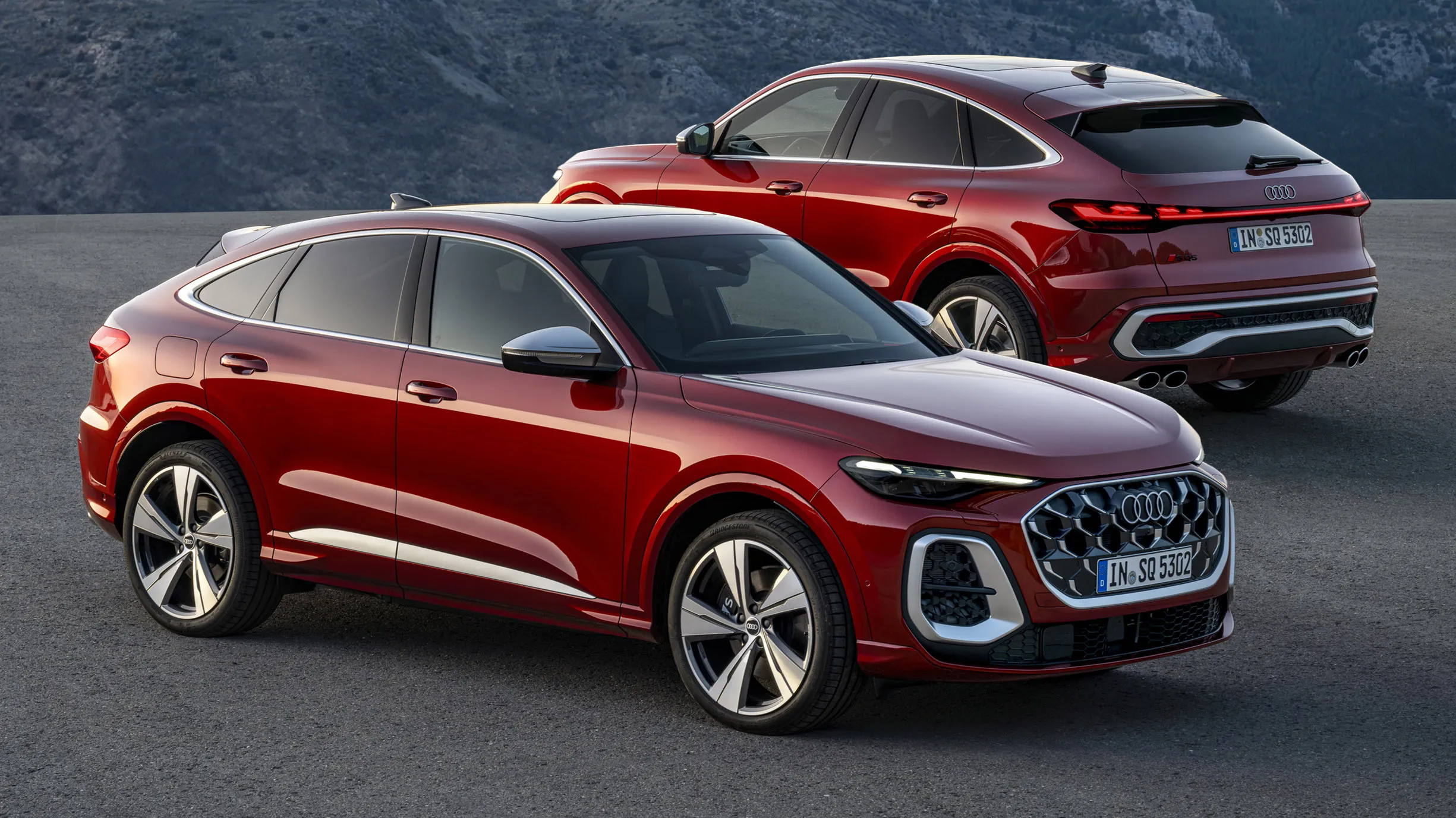
Audi’s approach to transfer case maintenance has been criticized by owners and independent mechanics for being inadequate and poorly communicated.
The system requires specific fluids and procedures that must be performed at precise intervals, yet Audi’s maintenance schedules have been inconsistent across model years. Inadequate maintenance guidance has contributed to premature failures that might have been preventable with proper service.
Owner complaints about Q5 transfer case problems are widespread across automotive forums and consumer websites. Common issues include sudden failure without warning, expensive repair costs, and poor dealer service experiences. Many owners report that Audi has been reluctant to extend warranties or provide goodwill assistance for these recurring problems.
Recent model years have shown some improvement in Q5 transfer case reliability, but the system’s fundamental complexity continues to pose challenges.
Audi’s efforts to address these issues through improved components and software updates have had mixed results, with some problems persisting despite these improvements.
5. Nissan Murano
The Nissan Murano, particularly models from 2009-2014, has developed a concerning reputation for transfer case failures that have left many owners facing unexpected repair bills and reliability concerns.
Nissan’s XTRONIC CVT-equipped models with AWD have proven particularly problematic, with the interaction between the CVT transmission and transfer case creating unique failure modes.
The Murano’s transfer case design incorporates a complex chain-drive system with electronic controls that manage power distribution between front and rear axles.
While this system can provide adequate performance when functioning properly, the complexity introduces numerous potential failure points that have proven problematic in real-world applications. The system’s integration with the CVT transmission creates additional complications that contribute to reliability issues.
The financial impact of Murano transfer case failures is substantial, with replacement costs often exceeding $3,000-$4,500, including labor. The complex design and integration with the CVT transmission require specialized tools and expertise, making repairs expensive and time-consuming.
Many owners report multiple transfer case replacements within the vehicle’s lifetime, indicating fundamental design or manufacturing issues.
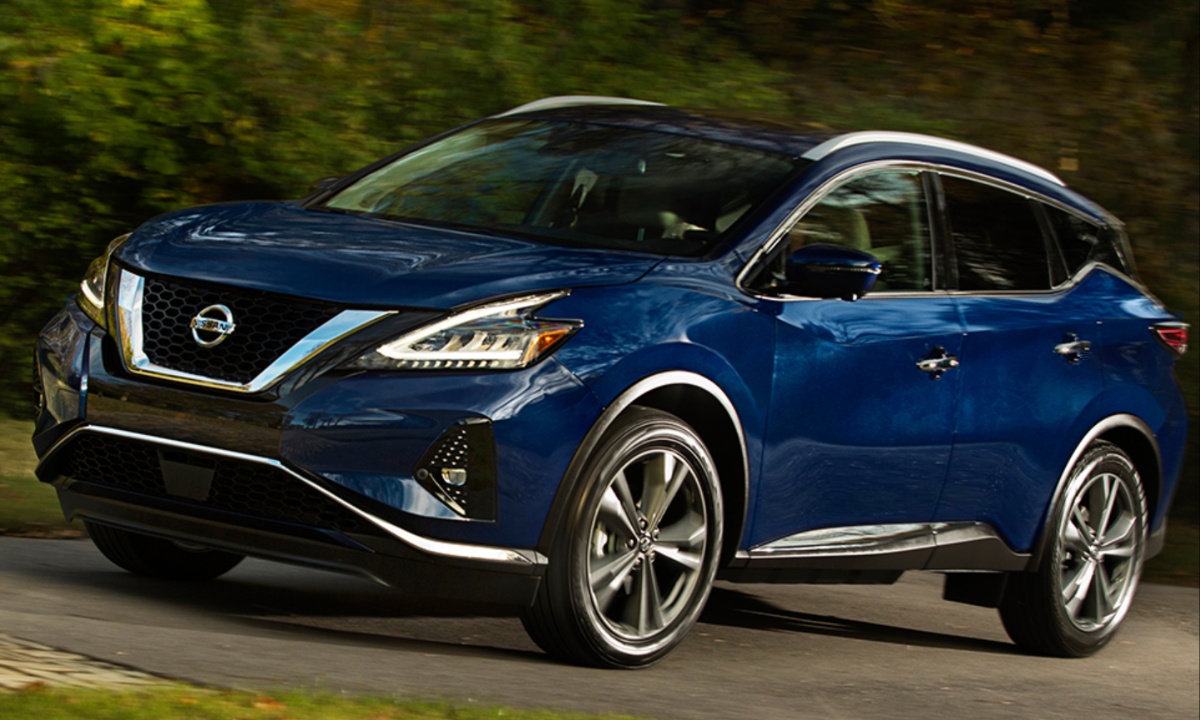
Nissan’s approach to transfer case maintenance has been criticized for being inadequate and poorly communicated to owners.
The system requires specific fluids and procedures that must be performed at precise intervals, yet Nissan’s maintenance schedules have been inconsistent across model years. Inadequate maintenance guidance has contributed to premature failures that might have been preventable with proper service.
Owner complaints about Murano transfer case problems are widespread across automotive forums and consumer websites. Common issues include sudden failure without warning, expensive repair costs, and poor dealer service experiences. Many owners report that Nissan has been reluctant to extend warranties or provide goodwill assistance for these recurring problems.
Recent model years have shown some improvement in Murano transfer case reliability, but the system’s fundamental complexity and CVT integration continue to pose challenges. Nissan’s efforts to address these issues through improved components and software updates have had mixed results, with some problems persisting despite these improvements.
Also Read: 5 High-Reliability Work Vans and 5 That Always Break Down on Site

